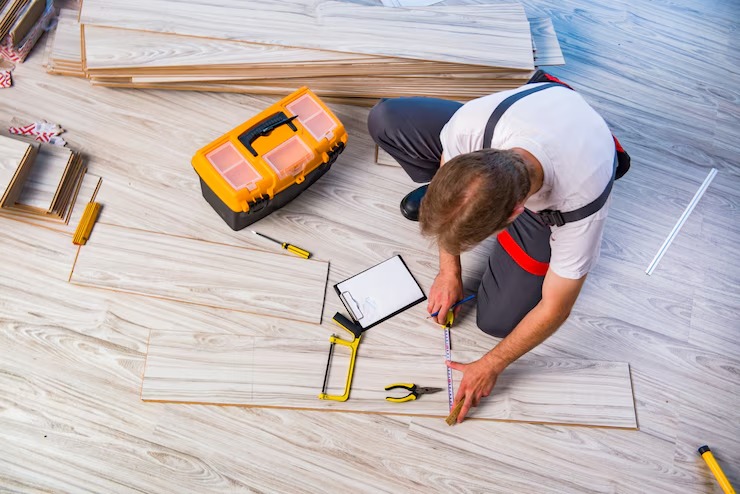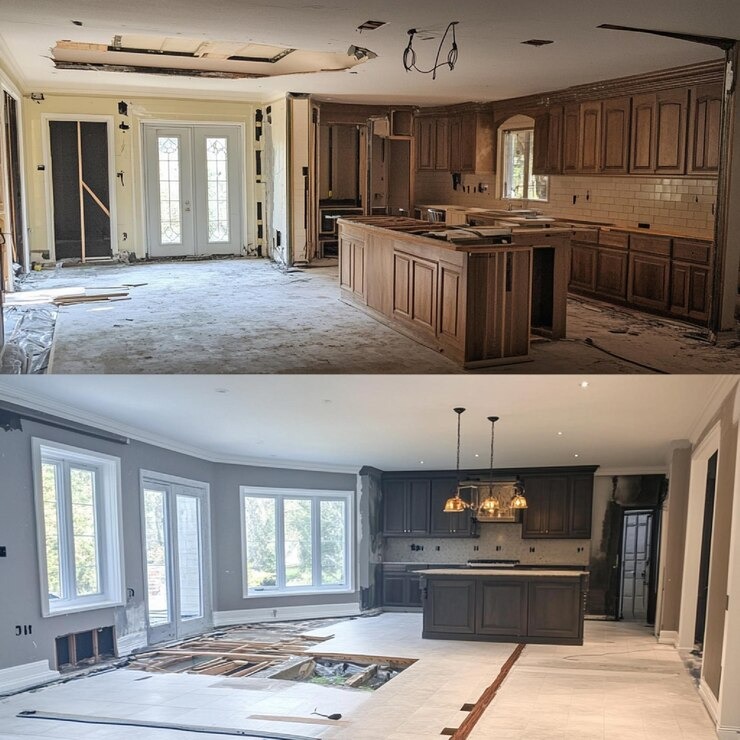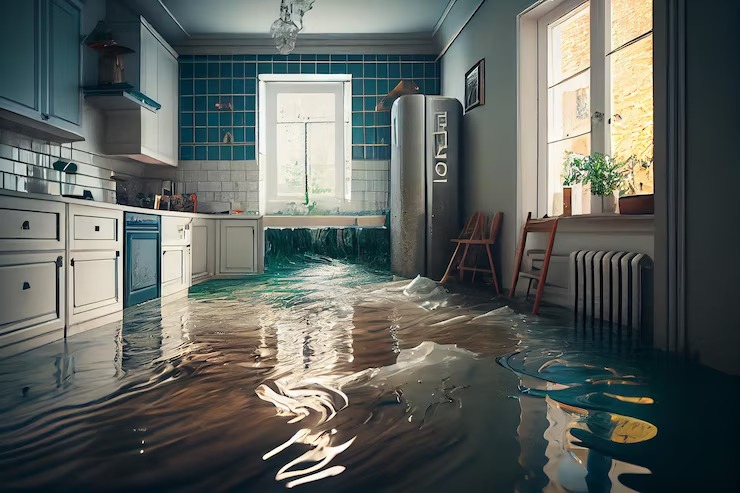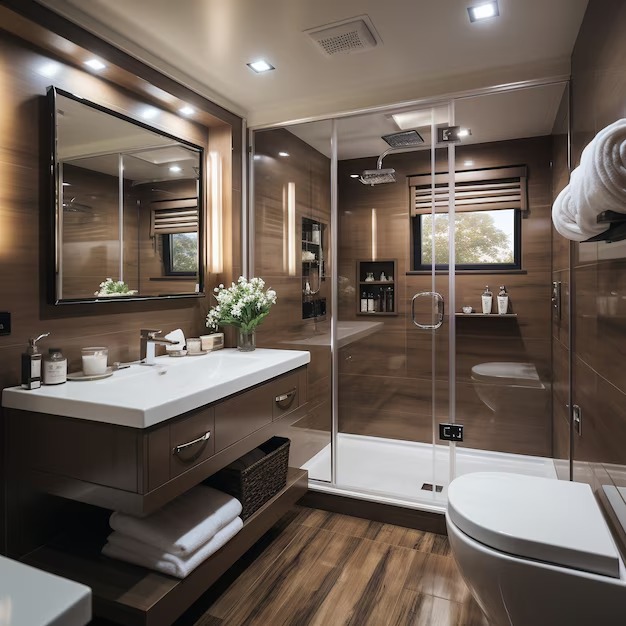Flooring is one of the most important — and most used — elements in any home. It affects your home’s appearance, comfort, functionality, and even resale value. But many homeowners don’t realize that their floors are long overdue for a replacement until significant damage or safety issues arise. In this detailed guide, we’ll explore the key signs that it’s time to replace your home’s flooring, the risks of waiting too long, and the benefits of upgrading.
Whether you have carpet, tile, hardwood, vinyl, laminate, or engineered wood — this post will help you identify common issues and take proactive steps. We’ll also explain the best replacement options and how Elite Restorations can help you transform your floors with quality craftsmanship.
1. Visible Wear and Tear
1.1. Scratches, Dents, and Chips
Over time, flooring naturally wears down from foot traffic, pets, furniture, and dropped items. Visible signs like deep scratches, dents, or chips not only look bad but can worsen over time.
Types of flooring most affected: Hardwood, laminate, vinyl plank, tile
Solution: Consider refinishing hardwood or replacing damaged boards. If the wear is widespread, full replacement is often the better choice.
1.2. Stains and Discoloration
Old carpet and vinyl flooring often absorb stains that are impossible to clean. Sunlight exposure can also fade colors unevenly.
Warning sign: If your floor has permanent stains or sun-faded patches, it may be time for a change.
2. Water Damage
2.1. Warping, Buckling, or Cupping
Moisture is the enemy of most floors. Water leaks, spills, or humidity can cause:
- Warped hardwood boards
- Buckled laminate
- Peeling vinyl edges
- Mold growth under carpet
If you notice soft spots, musty odors, or lifting seams, it’s time for replacement.
2.2. Mold or Mildew
If water damage goes unnoticed, it can lead to mold under flooring — especially carpet and wood. Mold is not only destructive but also hazardous to your health.
Health risk: Prolonged exposure to mold spores can cause respiratory issues.
3. Structural Issues
3.1. Uneven Flooring
Are you noticing sloping floors or dips when you walk? This could be due to subfloor damage, moisture, or old underlayment.
Why it matters: Uneven floors can cause trips and falls, damage furniture, and make your home feel unstable.
3.2. Creaking or Noisy Floors
While some creaking is normal in older homes, excessive or worsening noises can signal subfloor separation, moisture damage, or installation issues.
4. Outdated Design or Style
4.1. Flooring That Dates Your Home
Some flooring choices scream a specific decade (think orange carpet or old-school linoleum). This can lower your home’s resale appeal.
4.2. Desire for Modern, Low-Maintenance Options
Newer flooring materials offer better:
- Water resistance
- Scratch resistance
- Style and color choices
- Long-term durability
If your floors are outdated, dull, or clashing with your updated interiors — it may be time for a refresh.
5. Allergies & Indoor Air Quality
5.1. Carpeting Traps Allergens
Old carpets often trap dust mites, pet dander, pollen, and mold spores — all of which affect your health.
Solution: Replacing carpet with hypoallergenic flooring like vinyl, hardwood, or tile can greatly improve air quality.
5.2. VOC Emissions from Older Flooring
Some older vinyl and laminate floors may release volatile organic compounds (VOCs), especially if adhesives or sealants are outdated.
Newer materials are often certified low-VOC or VOC-free — better for children, pets, and sensitive individuals.
6. Sagging or Loose Flooring
6.1. Loose Tiles or Planks
Tiles that shift underfoot or planks that pop up can be dangerous and unsightly. They often indicate a failing subfloor or poor installation.
6.2. Separation Between Seams
Flooring should appear tight and seamless. If you see large gaps forming, it’s often due to temperature or moisture issues — and may require full replacement.
7. You’re Planning a Renovation or Sale
7.1. Boosting Home Value
Replacing old flooring is one of the easiest ways to increase your home’s value and appeal to potential buyers.
ROI Tip: Luxury vinyl plank and engineered hardwood offer excellent returns and stylish finishes.
7.2. Matching New Interior Design
If you’ve updated your kitchen, walls, or furnishings, outdated flooring may clash. Replacing it helps create a cohesive, high-end look.
Flooring Replacement Options
1. Luxury Vinyl Plank (LVP)
- Waterproof, durable, stylish
- Available in wood and stone looks
- Great for kitchens, bathrooms, basements
2. Hardwood Flooring
- Timeless, natural beauty
- High resale value
- Can be refinished multiple times
3. Laminate Flooring
- Cost-effective and scratch-resistant
- Ideal for families and rental properties
4. Tile Flooring
- Best for water-prone areas
- Easy to clean and long-lasting
5. Carpet (in bedrooms or media rooms)
- Soft, warm, and affordable
- Choose stain-resistant or low-pile styles
Why Choose Elite Restorations for Flooring Replacement?
- Experienced Installers: We handle all flooring types — vinyl, wood, laminate, tile, and more.
- Custom Consultations: We help you choose the perfect option for your budget, lifestyle, and home design.
- Fast Turnaround: Clean, professional installations with minimal disruption.
- Full Service: We inspect subfloors, remove old flooring, and handle all prep work.
Final Thoughts
Old, damaged, or outdated flooring can negatively impact your home’s safety, appearance, and air quality. Knowing the signs and acting early can save money and improve your daily living experience.
If you’re seeing any of the issues listed above, it might be time to consider a flooring replacement. At Elite Restorations, we specialize in transforming spaces with high-quality, affordable flooring solutions.




